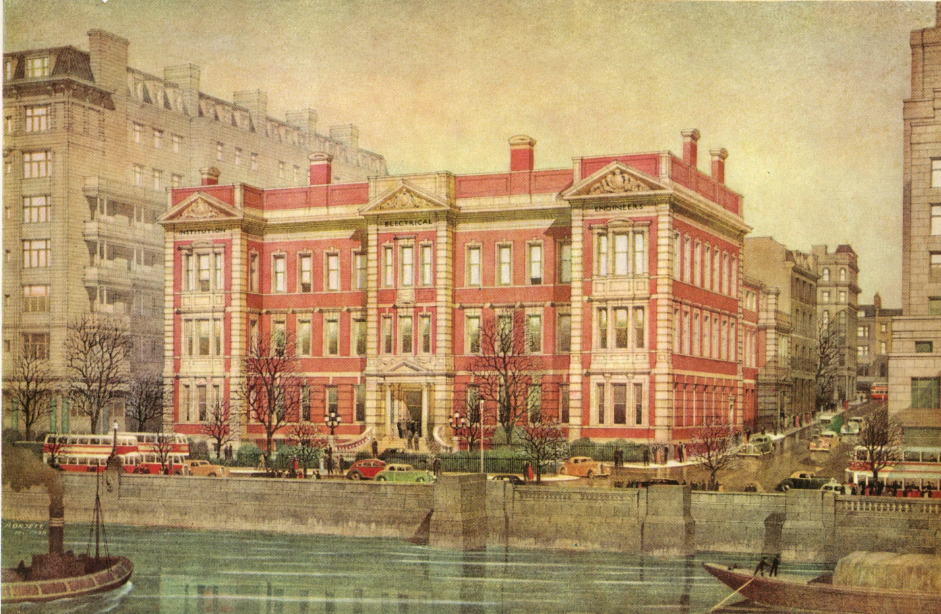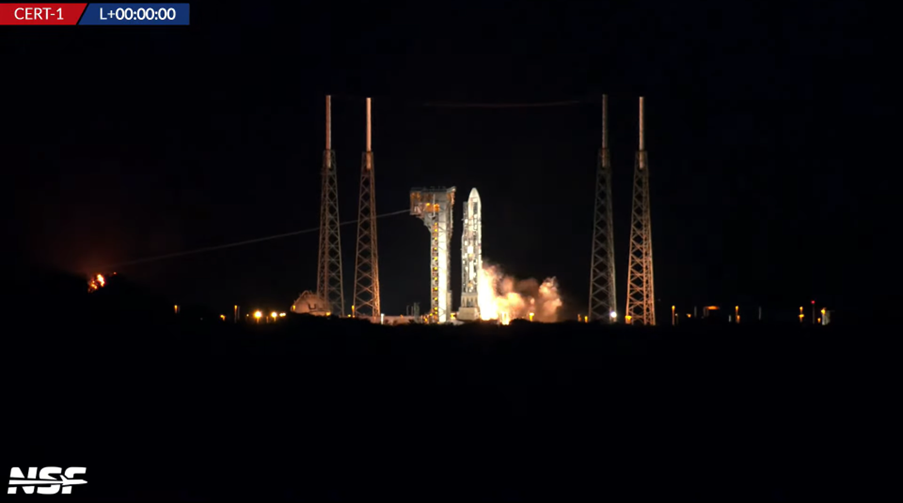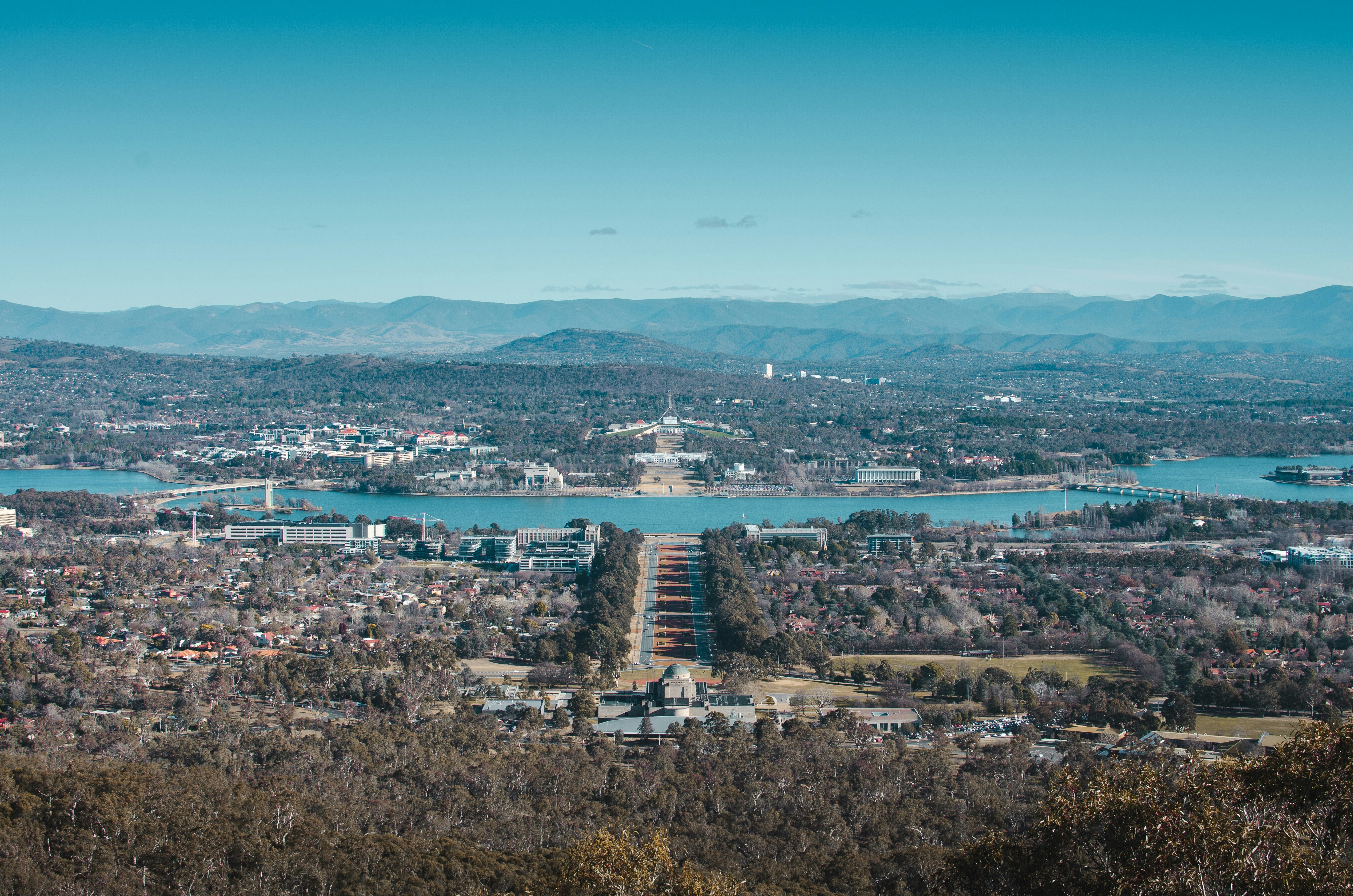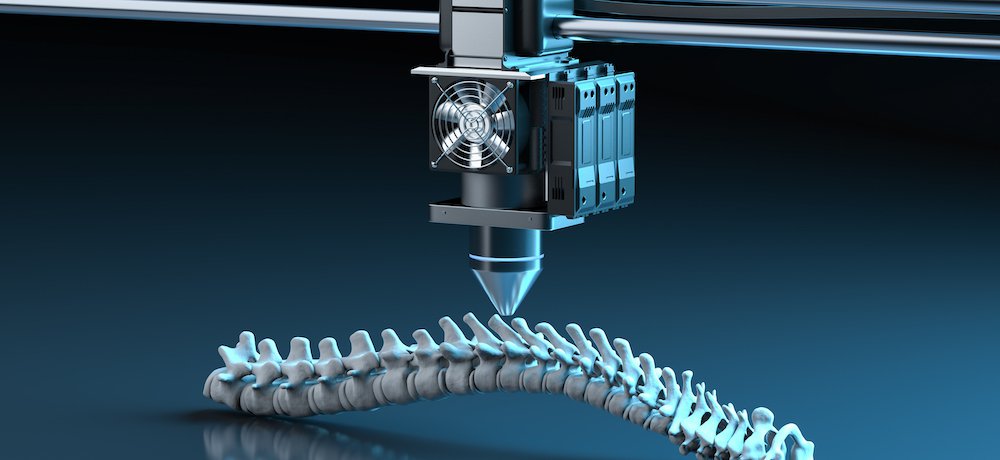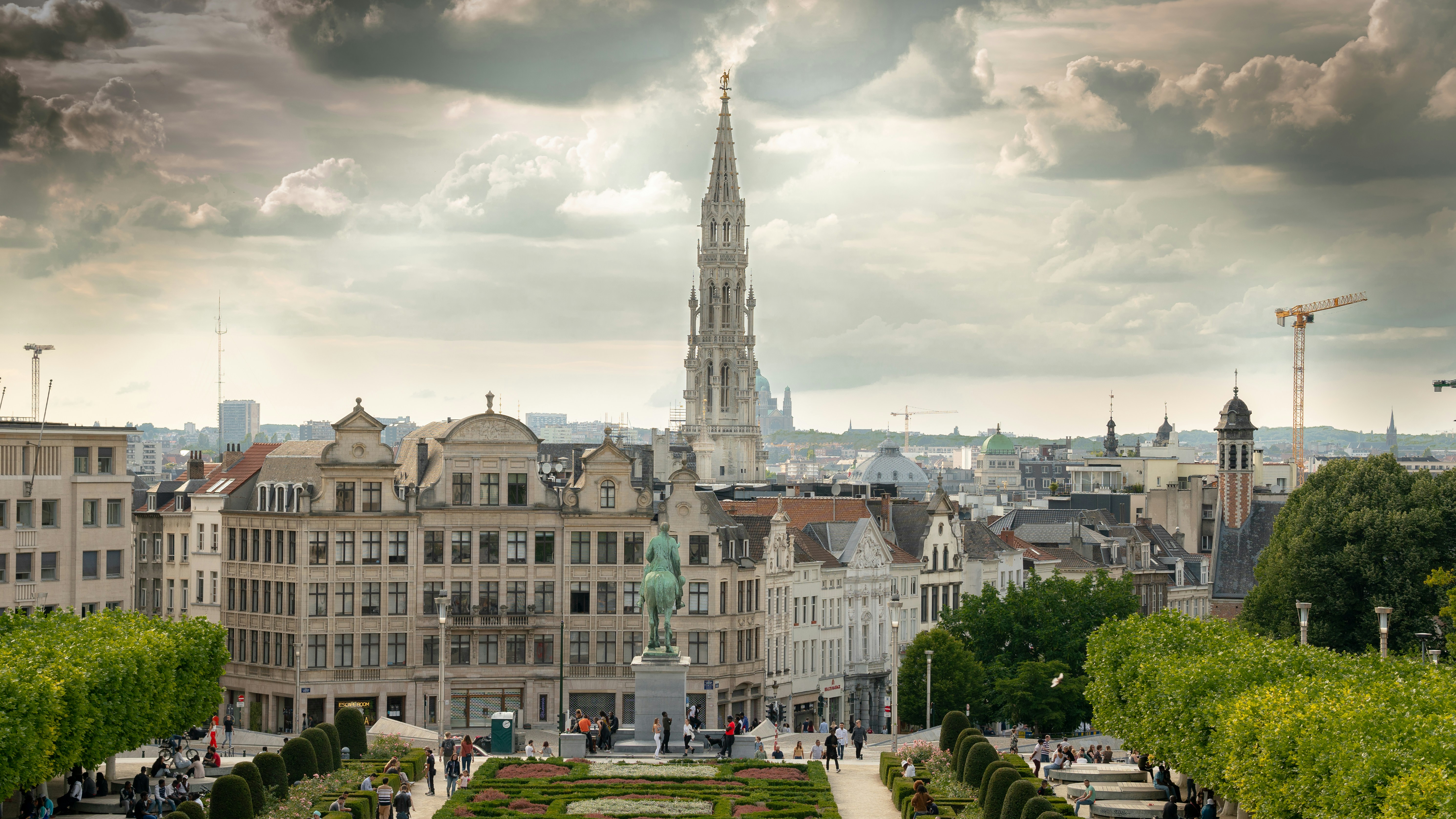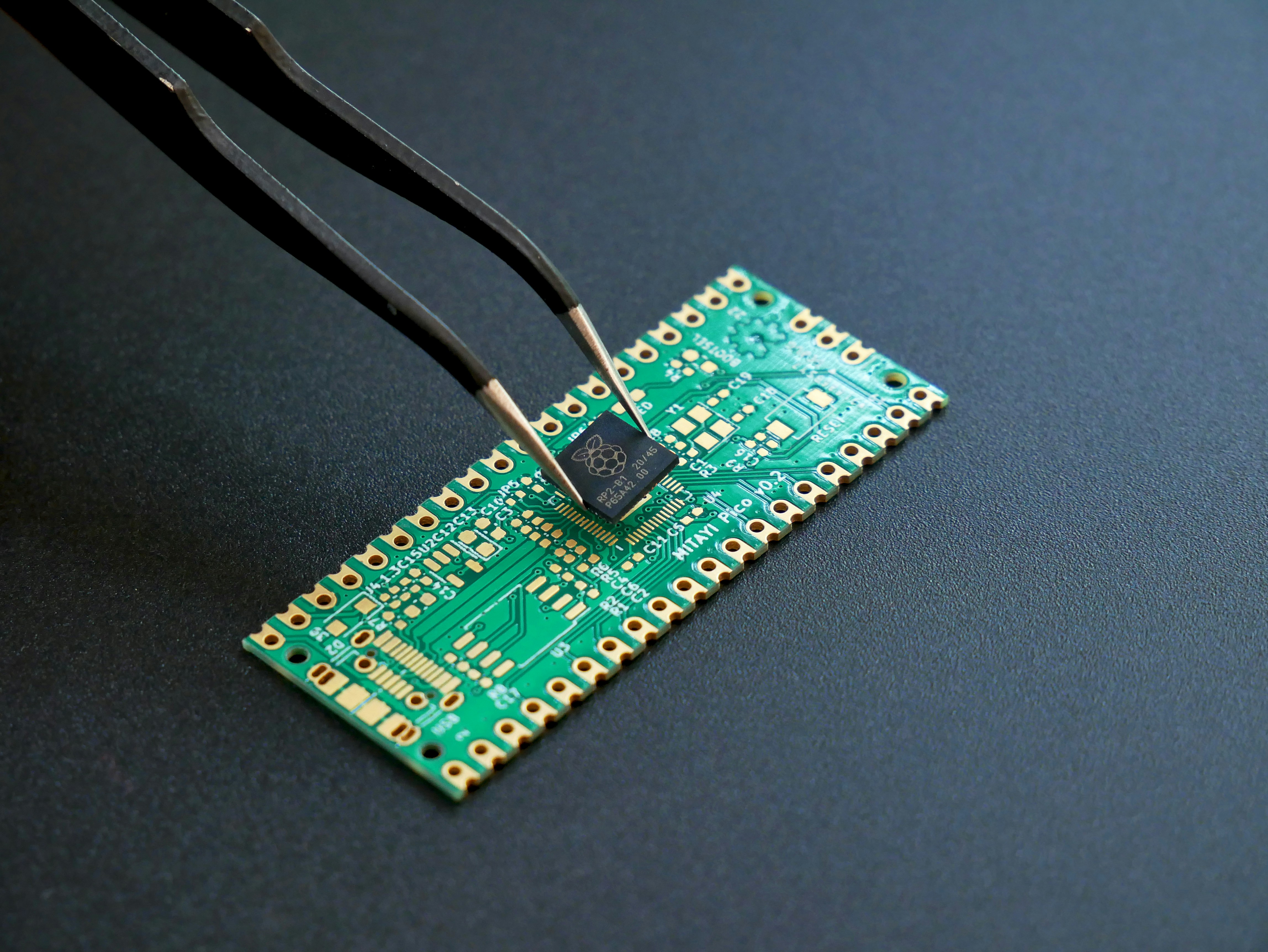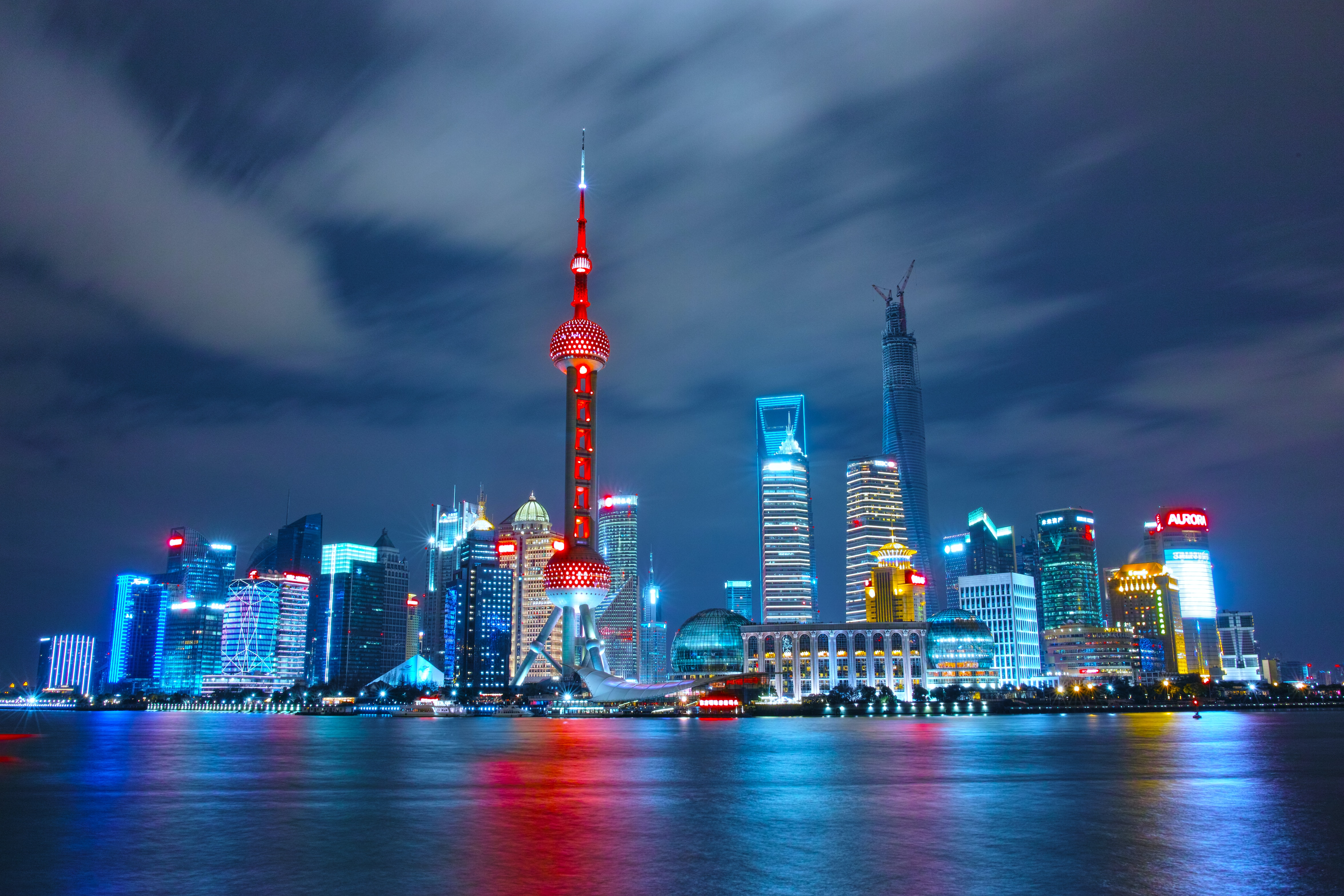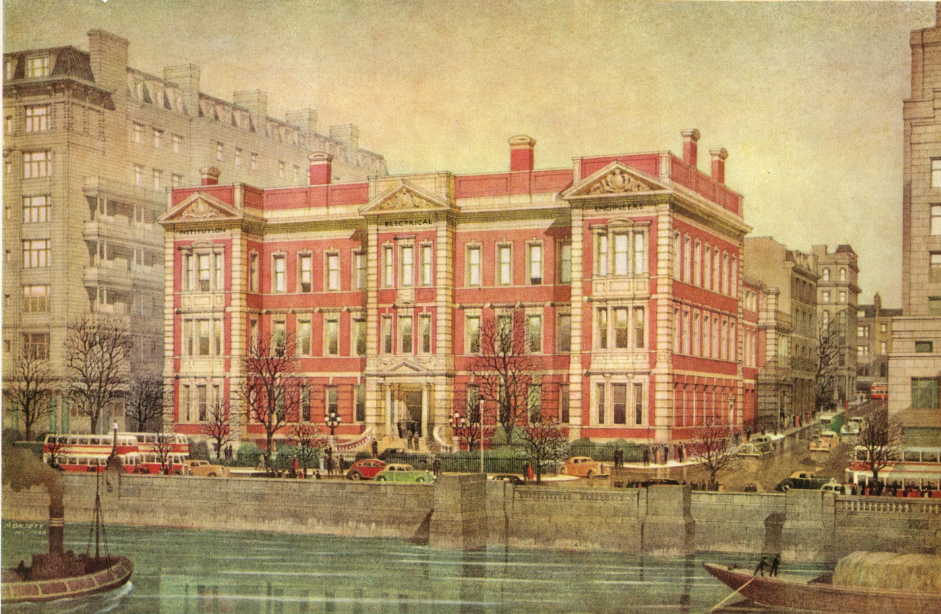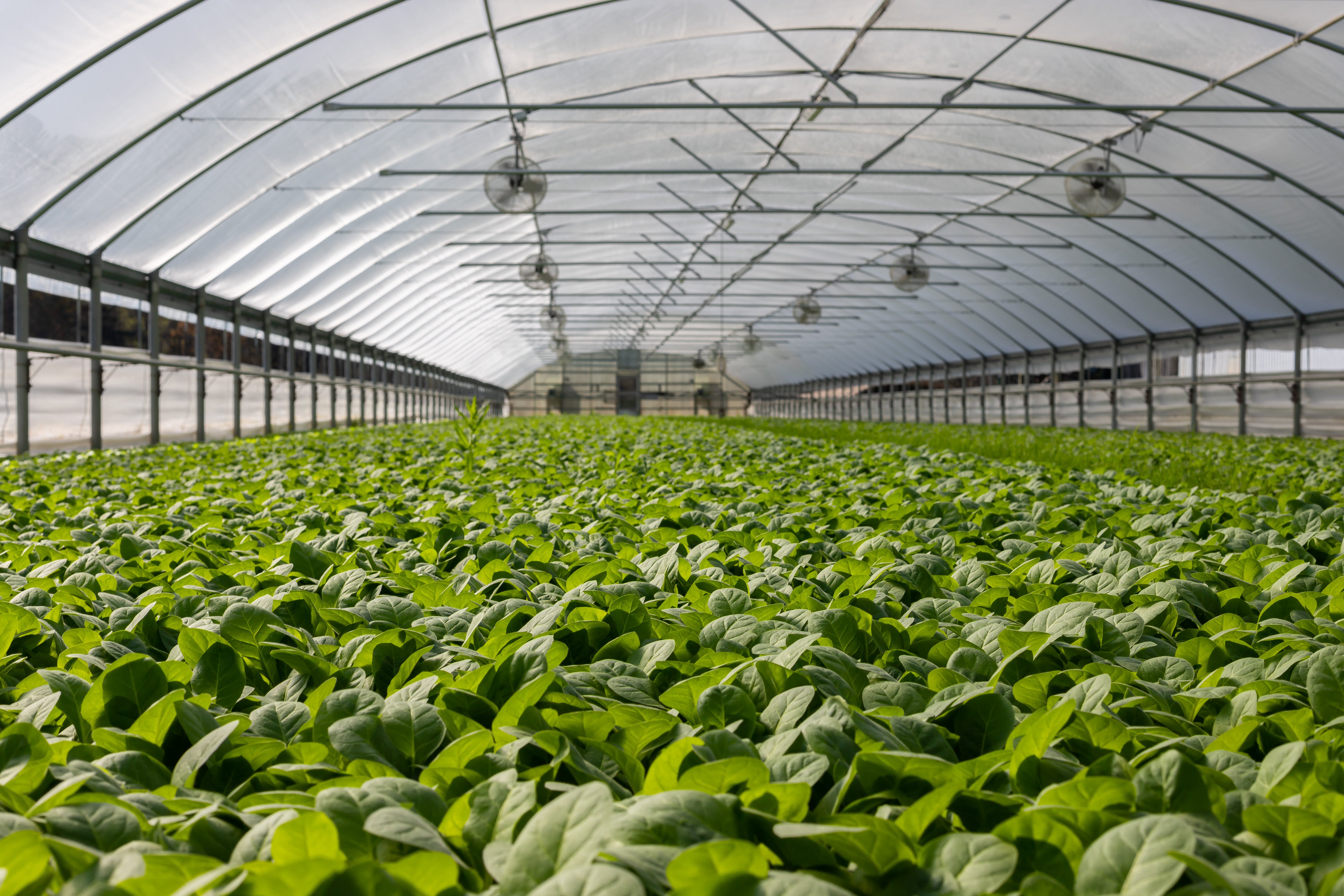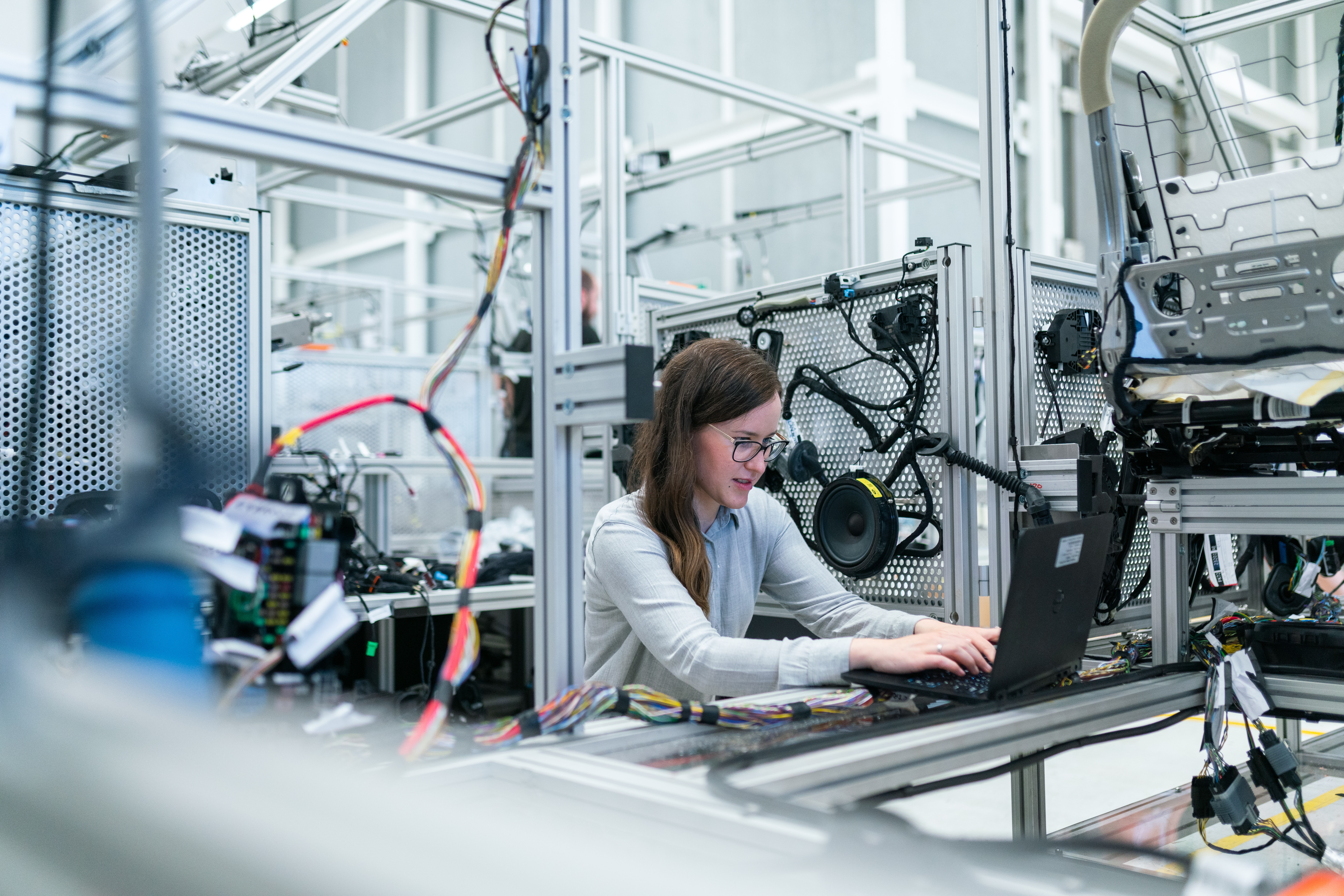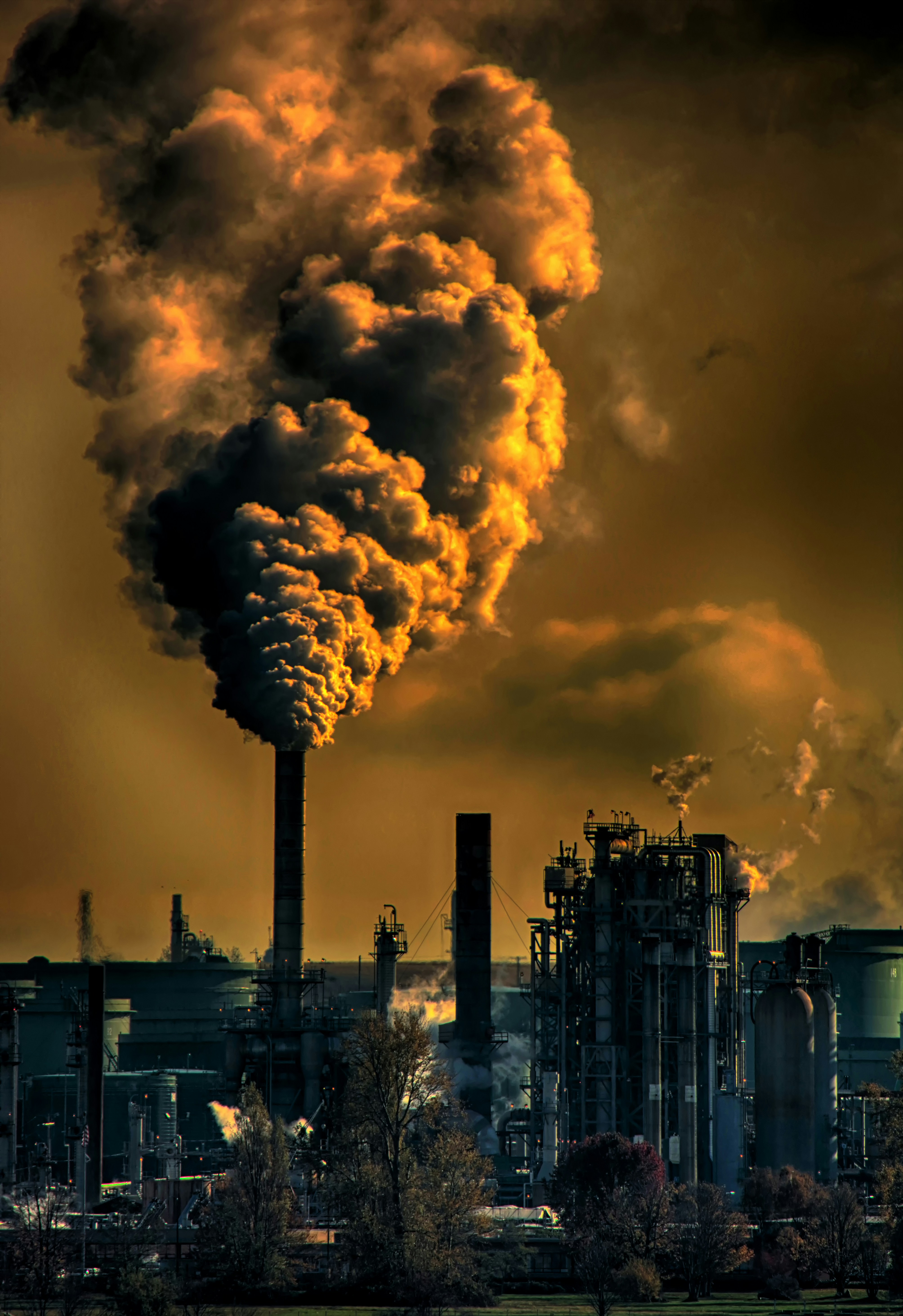Notable Women and Early Presidents from the EAW Journals, June 1926 – April 1930.
Guest blog by Madeleine Smith, University of Leeds This is the first of a series of blogs written by Liberal Arts students at the University of Leeds to celebrate the centenary of the Electrical Association for Women (EAW) in 2024. The students’ blogs on early EAW activities are based on themes selected from reading digitised versions of the first two volumes (1926-1935) of The Electrical Age (for Women) . This project has been supported by Professor Graeme Gooday. You can discover more about the history of the EAW from the IET Archives . Introduction The first volume of the EAW journal The Electrical Age for Women (NAEST 093/09/01/01) covers June 1926 to April 1930. Over this time the EAW saw two Presidents; Lady Astor as the first President of the organisation followed by Mrs Wilfrid…
